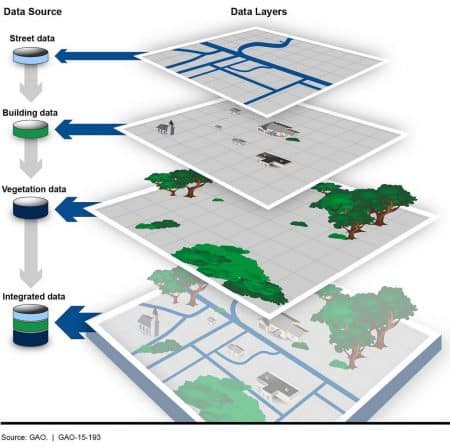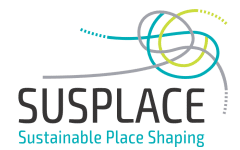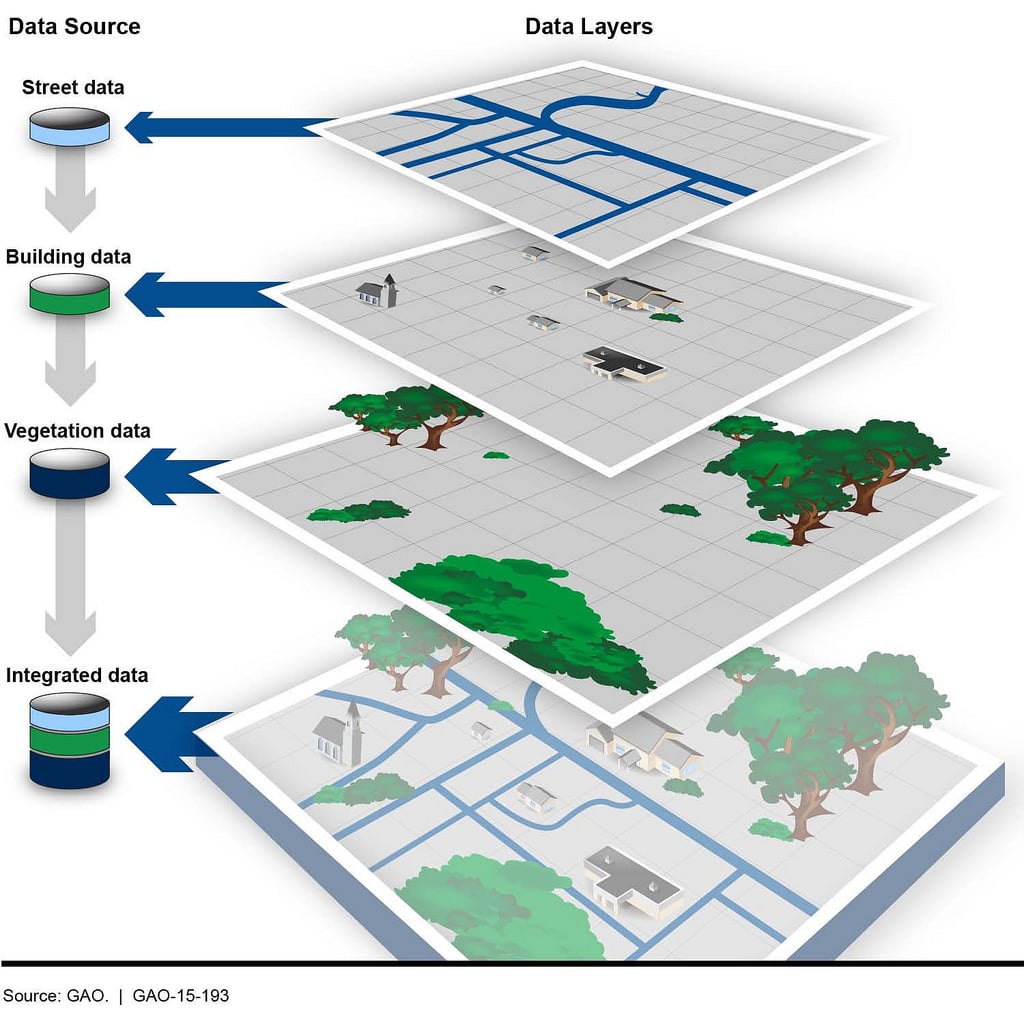
Recently, I completed an online class titled “Fundamentals of GIS” run by UC Davis through Coursera. I wanted to learn about GIS (Geographic Information Systems) for my SUSPLACE research looking at the interactions between the social economy and alternative food initiatives. You may be asking yourself what use GIS is for the social sciences – after all, it’s traditionally been used in physical geography and environmental science. However I wanted to try a new method for mapping these interactions, along with creating better data visualization for public dissemination.
Jeremy Kidwell from the University of Birmingham has succinctly listed the ways in which GIS is a great tool for researching, learning, and teaching in the social sciences:
- Firstly, GIS helps to create data visualization that is easily disseminated to other academics, students, or the public;
- The data sets used in GIS can be easily shared with other researchers to help build on the original data in new and interesting ways;
- Maps are a great tool to show the interaction between different variables, especially those which are normally only described through traditional mediums like written papers;
- and Kidwell also points out that geospatial data sets also help with ethnographic work, as they can help to create a more representative scope of individuals and communities
Paired with GIS, the software Story Maps from ArcGIS allows researchers to combine maps and data sets with different multimedia. By combining geospatial data sets and Story Maps, researchers can disseminate information to the public, promote events or projects, or simply present findings. Not only does this open up the use of GIS beyond ‘traditional’ disciplines, but this type of dissemination is very important.
The use of GIS in social science and humanities research can help to create a better analysis of studied interactions and phenomena. Maps are able to supplement ethnographic approaches – and while grafting data into visual form may prove to be tricky, it provides a more robust analysis of the data. GIS can also help a researcher cross disciplinary boundaries when working on an interdisciplinary project or question. Areas like Geography, Psychology, Sociology, Economics, and Political Science can be better explored with GIS when spatial data is a part of the study. Examples include analyzing political elections, population distribution, land use, environmental degradation, along with how any of these (or other) variables interact with each other.
Besides the benefits to the analysis, I also believe that utilizing GIS combined with the Story Maps software will allow for better public dissemination of the results. Creating visual representations of data helps to clear the ‘hurdle’ of academic language and jargon, a problem for many researchers who want their information made available to the public. By creating these maps and making them available online, the information can reach a wider audience. This public dissemination also places the data in the hands of the studied communities, giving them the tools to create lasting systemic change.

